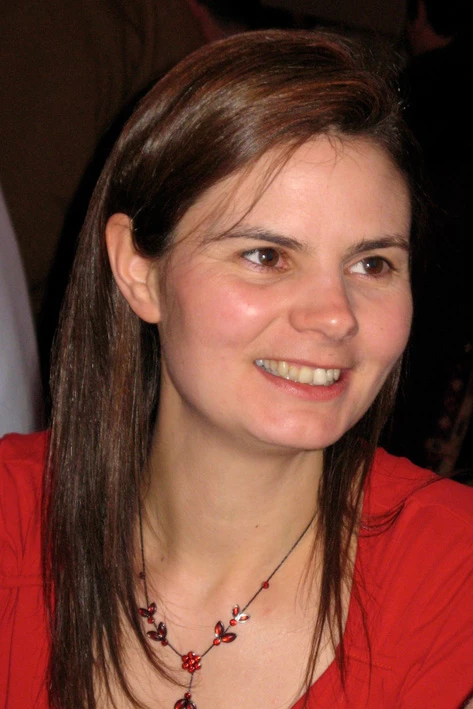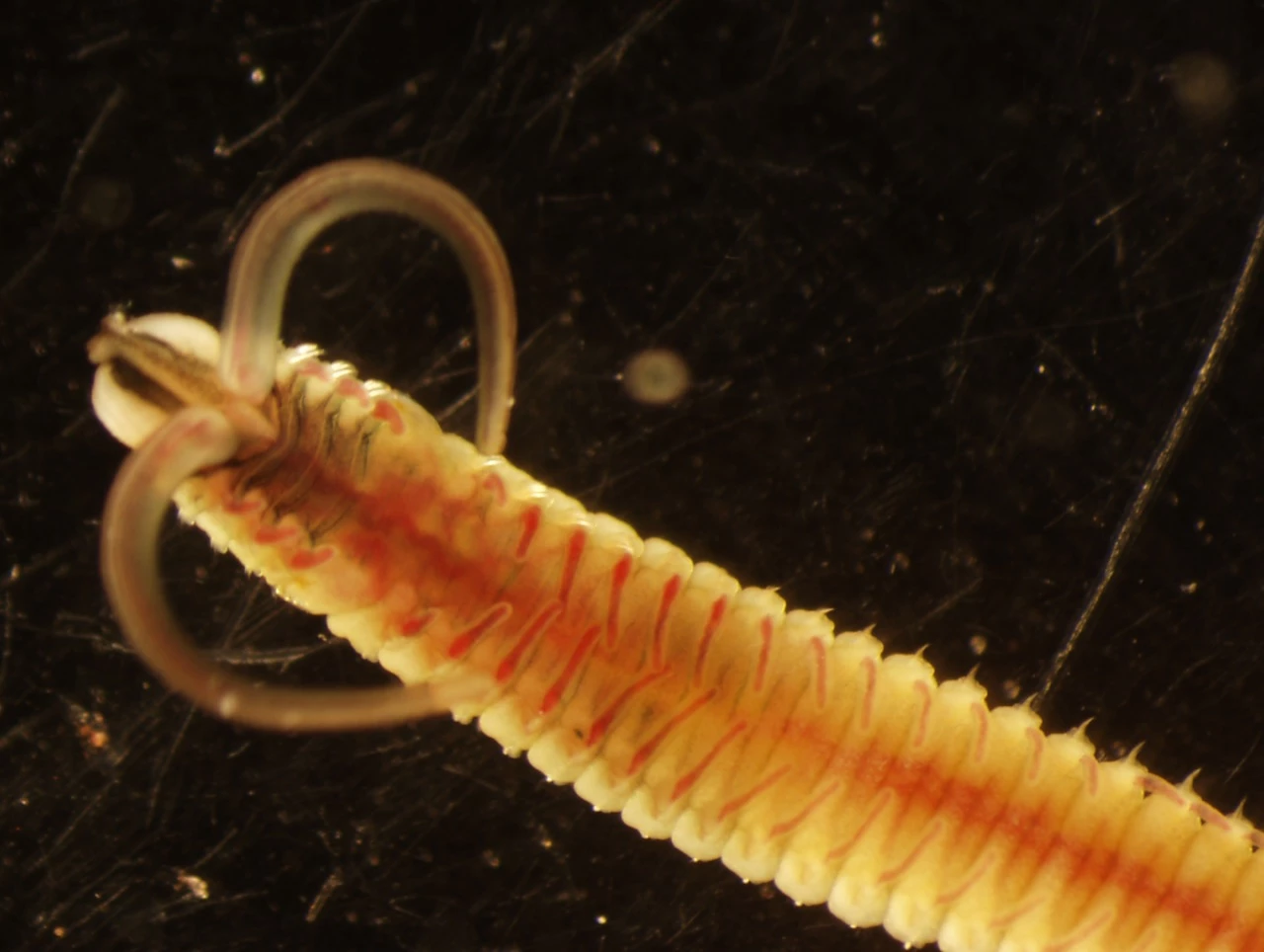Sea Lion Island
, 29 January 2015
26-28.01.15
For the last 2 days, we have been out on Sea Lion Island, the southern-most outpost of all of the islands. Once again, we ended up on a flight that landed over an hour after low tide, even though the tide was at 4pm! This was very frustrating but we were straight out as soon as we could, and down on the nearest patch of shoreline to see what we could do. My trusty trowel had been replaced with a coal shovel, the best I could manage at short notice but it would have to do. Although the shore was the kind I knew would be poor for worms (favoured by penguins) we had a go. No luck. At the end of the bay were some rock ledges with a few rock pools with some sand and algae not yet being affected by the rising tide. We suddenly started finding a (very) few worms under the sand in the pools and then I also noticed some small casts as well (see photo 1). This spurred us on to keep looking and at least come away with something (photo 2). We eventually ended up with a small pot that turned out to be slightly more diverse than expected with at least four different species represented (not bad for a fairly bare rock pool and only just over a dozen animals). The most common animal in the pot was an animal known as Boccardia, which is very hardy and often found in the higher shore environments here (photo 3).
The following day dawned windy and wet and the tide was not until nearly 5pm. This gave us plenty of time to peruse the island, see the sights and check out the coastline as the island is only around 5 miles long. I had been here before a few years ago and had already sampled some of the rocky shores on the south side so was more interested in trying to get something from the northern coasts. Shortly after we set off the rain started, although not too heavily. On one of the first shores we visited we found a male sea lion (photo 4), fast asleep. A fantastic sight and one I had not seen before so that improved our mildly damp spirits. By lunchtime, the rain had become persistent and not so light anymore. Our waterproofs were holding out but both pairs of feet were increasingly squelchy. As we turned to follow the north coast back up the island, we found ourselves heading into the wind. Suddenly life felt a little unfair. Most of the shores we had seen were either inaccessible below vertical cliffs, clean boulders in equally clean mobile sand with no life beneath or solid rock ledges, scoured clean by sea and weather. We eventually fought our way back to the bay we had started at the night before, but this time a couple of hours before low tide to find it being pounded by waves. We dug a few holes but there was nothing apparent. After a brief sit down to stare vacantly at the shore while being eyed up by an obviously nesting pair of caracaras who just as obviously didn’t want us there, we decided to head directly across the island to the opposite, sheltered shore and try there instead. We then walked the length of the shore, digging small holes every so often like itinerant squirrels, as the tide slowly ebbed out. Still nothing. We crossed back to the other shore and walked the length of that too, just to say we tried. Salvation came in the form of washed up kelp bladders that were encrusted with the small coiled tubes of spirorbid worms that were still alive (photo 5). We finally allowed ourselves to retire to the lodge, peel off our boots and wring out our socks.
Today was even windier and I have to admit the will and strength to fight my way through it had gone. Our flight back after lunch was short with an even shorter take-off and landing thanks to the wind. Tomorrow I have to pack all of my samples up and make sure they are ready for sending home before doing the same for myself.
Brendan is tasked with the job of finishing off the blog for you, giving a non-biologist’s view of fieldwork and worms and the delights of getting involved with both for the first time. Then it’s an early start on Friday before the long haul home.






